#nature in serbia
Text
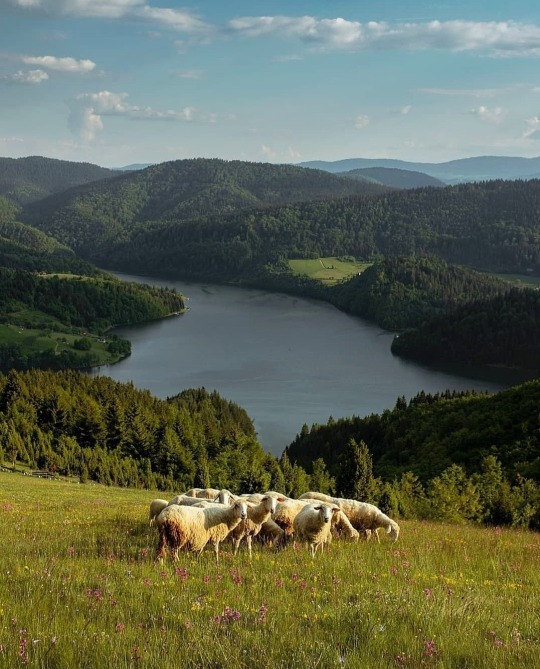
◾Zlatar lake, Western Serbia 🇷🇸
#serbian#balkan#europe#serbian beauty#see serbia#visit serbia#serbia places#beautiful place in serbia#places to visit#Nature#nature in serbia#serbian nature
331 notes
·
View notes
Text
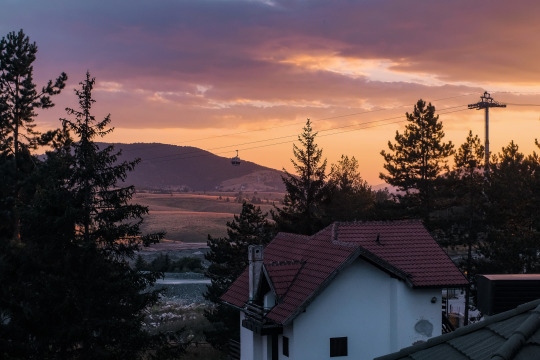
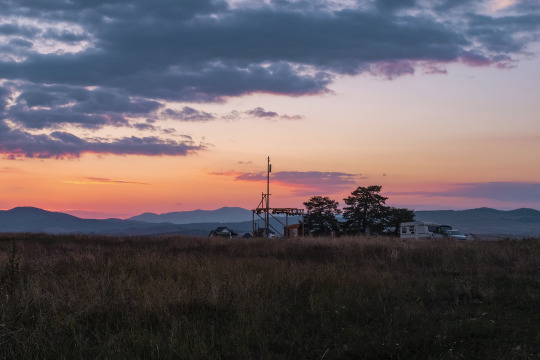
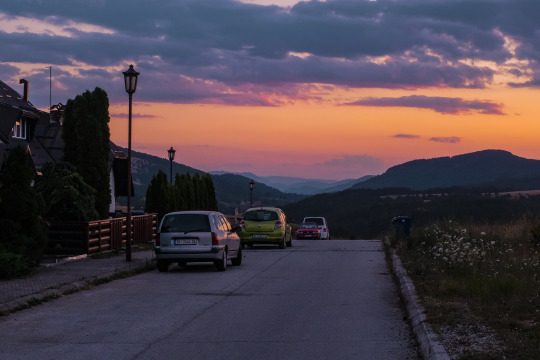
Zlatibor, Serbia - August 2023
#sunset#glow#aesthetic#serbia#zlatibor#original#photography#life#mood#photographers on tumblr#nature#sky#fujifilm#travel#trip#landscape
4K notes
·
View notes
Text
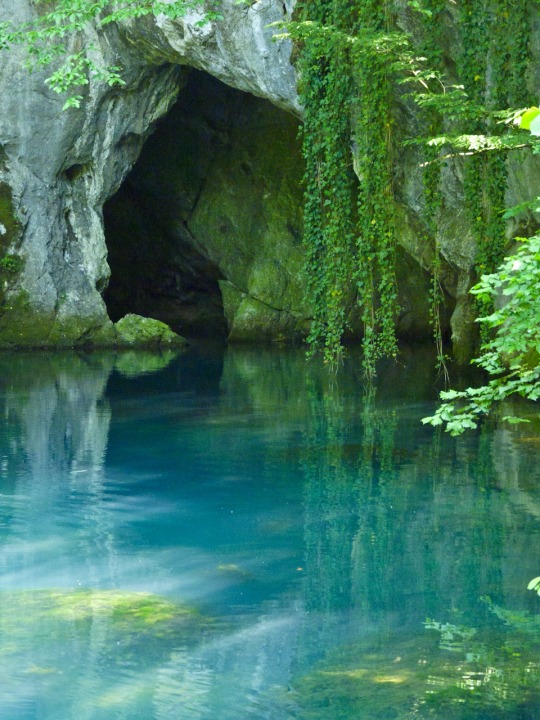
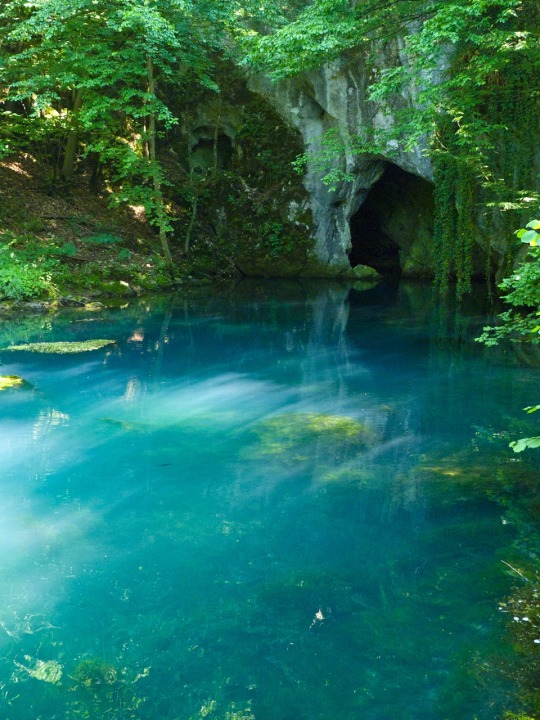
Keupajsko Vrelo, Serbia
#nature magic#it feels unreal#nature#cottagecore#naturecore#nature aesthetic#beautiful#crystal waters#watercore#water#serbia#keupajsko vrelo#petitworld favs#petitworld
3K notes
·
View notes
Photo
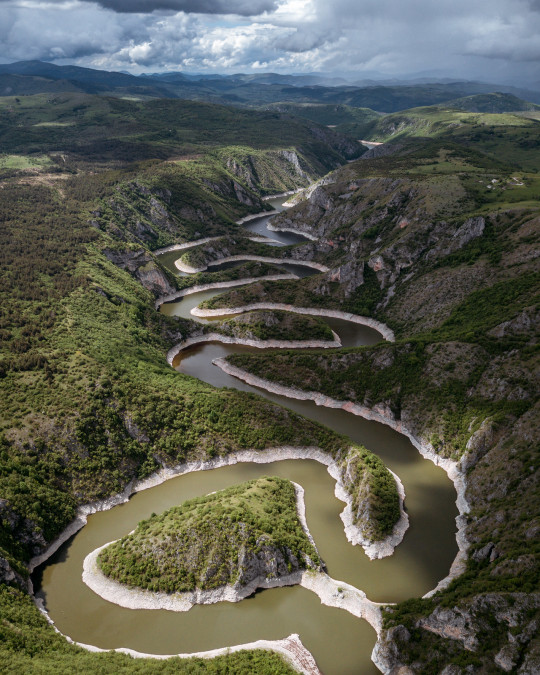
Uvac Special Nature Reserve, Serbia by Aleksandar Bubanja
4K notes
·
View notes
Text

Zaovine, Serbia (by Ivana)
347 notes
·
View notes
Text
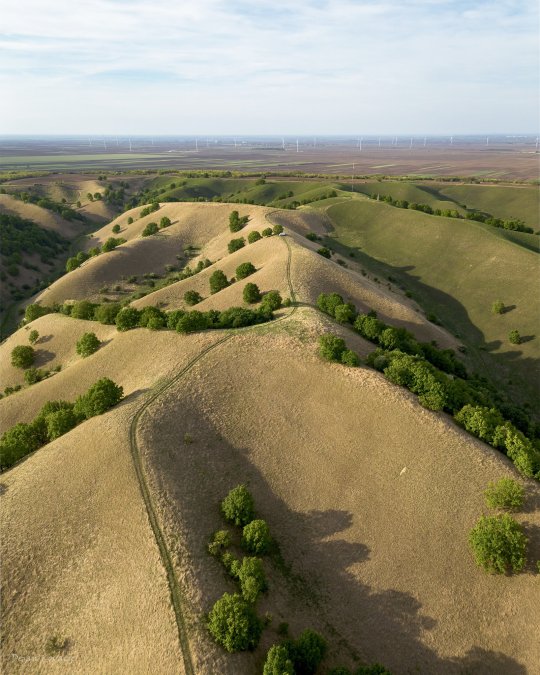
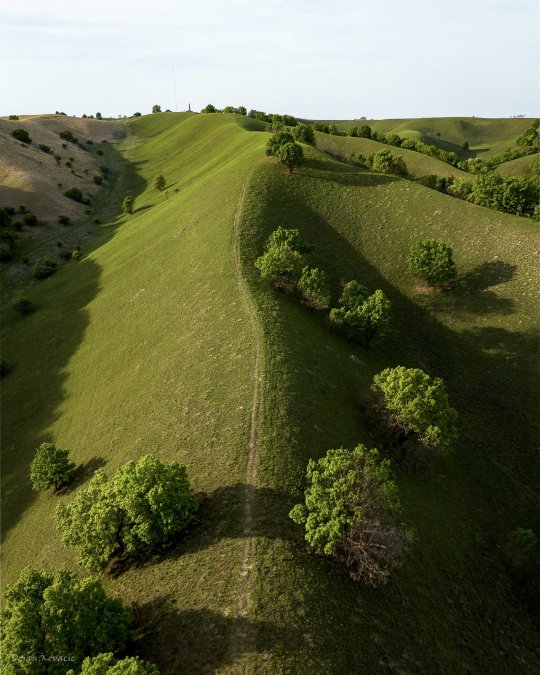
Zagajička hills, Serbia.
198 notes
·
View notes
Text
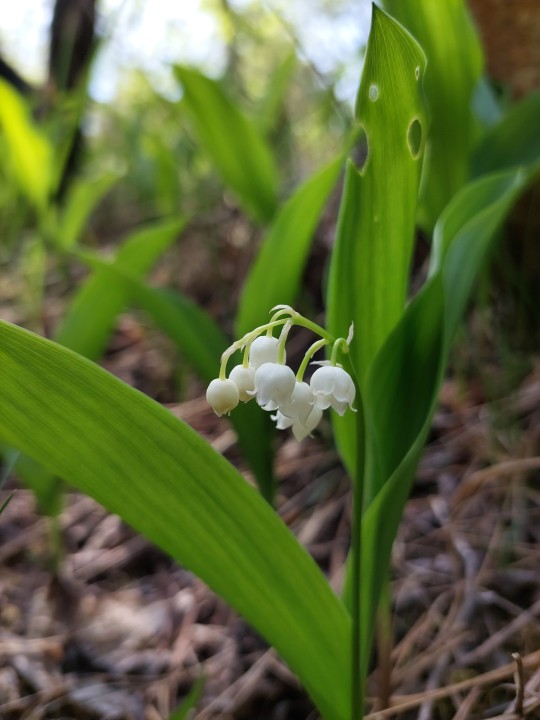




Deliblato Sands is a large sand area covering around 300 km² of ground in Vojvodina province, Serbia. It is located in southern Banat, situated between the river Danube and the southwestern slopes of the Carpathian Mountains.
The Deliblato Sands is the largest sandy terrain in Europe, once part of a vast prehistoric desert, having originated from the withdrawal of the Pannonian Sea. They are home to many endemic species of plants and animals which are rare or endangered in Europe and globally. Due to its forest and surroundings, it was declared a special nature reserve. On a national level, it represents a natural asset of special importance falling under protection category I.
And my favourite place to walk. 💚
83 notes
·
View notes
Text

ponovo
#photography#analog#photographers on tumblr#la vie en rose#original photographers#analog photography#photooftheday#la vie est belle#original photography blog#photography on tumblr#la vita è bella#la vie boheme#la dolce vita#indie#retro#girly#vintage#bohostyle#boho#bohemian#bohochic#aesthetic#nature#rudno#golija#spring#may#srbija#serbia#kraljevo
55 notes
·
View notes
Text
So, I've decided to start learning biology.
My education left me with only primary school biology knowledge, because I had zero biology lessons in high school, and now I find myself sorely lacking in knowledge. Which is inconvenient, now that I'm sick and have no idea what to do. I didn't know where to start, but my roommate is in high school right now, and I borrowed her biology textbook to get myself started.
The biology textbook was so misinformed and outdated it made me worry for the education system. Not only they didn't update any info from the last 40 years, some of the info was completely wrong. For instance, it claims there's 6 billion people on the planet (there's 8), and that there's 6 empires of all living things (there's 8, and some of the old ones have been renamed and disputed). I learned quickly to fact-check every bit of information on wikipedia, and this is where I found some truly astounding info that I had no idea about.
If you all have learned this in highschool and it's common knowledge, please excuse me, but I am shocked.
One of the first topics the book covers is evolutionary history of the planet, and it explains how blue-green algae were the first historic plants to produce a lot of oxygen, which sounds like a positive development for us, because most of the living things right now thrive on oxygen. But, looking it up wikipedia uncovered that it was in fact, an extinction event. Most of life on earth was at that point, thriving in non-oxygen environment, and the introduction of oxygen killed 85% of all living species on earth. It was a huge disaster that happened! It's called 'Great Oxidation Event', or the 'Oxygen Catastrophe'.
But that's not all, I found out that it was not only that which destroyed almost all life on earth, but there's been 5 different events in the history that destroyed close to 80% of all species on the planet, and for some of them we don't even know why. We only found proof that lots of species disappeared at all times and the dominant species on the planet rapidly changed, but no idea why, for some of them it's assumed it has to do with volcanoes or ice, and of them that is well known is the meteor, that ended the big dinosaurs.
I never realized how much of evolution was destruction and then starting over, this was shocking to me. It was also fascinating, I found myself following links and learning more about extinction events, also that we're currently in the extinction event caused by humans who are driving lots of species into extinction by taking over their habitats, which made me sad.
At this point I started reading other, biology-related materials, for example, I read a book named 'What an Owl Knows', which is written by Jennifer Ackerman, an owl scientist who studied owls her entire life; now I know more about owls. I also started listening to an audio book about the ocean, and this one proved to be very difficult to follow, but I'll tell you what I learned from both.
The owl book was charming, I found out that owls are the most quiet, soundless birds when they fly, because their wings and feathers are the biggest part of their bodies. This is how they manage to swoop up prey without anyone hearing a single flap. They're also very silent and subtle. Unless you're studying owls, you won't be able to tell if the owl is startled, or scared, because she will sit very still and not give you any clues. Smaller owls can go into their 'freeze' response easily if they're being hunted, because their instinct is to be still and not move when in danger! It can make you feel like the owl is not scared, since she's not moving, but she is most likely not comfortable if anyone is approaching her.
Owls have similar faces to our faces, and they're very charismatic to us; this is why baby owls, and injured owls in human care, can sometimes imprint on humans. This is bad news for the owls, because once it happens, they can never again be released into the wild, they'll either never learn to hunt, or they'll act towards humans, like they do to other owls - brawling, attacking, aggressive, territorial. Even if they really like us, they will keep acting like we're other owl, not a different species. They see us similarly to how we see them.
One of the best information I've learned, is that in Serbia, there's the biggest gathering of owls of all species, there can be more than 300 owls in one place at the time. The reason for this is common use of old-fashined methods of harvesting grains, which leaves a lot of leftover corn and wheat on the ground, attracting mice, rats, and other small rodents, which creates a great food source for owls. Serbian farmers don't use rodenticide, so owls don't get poisoned. Owls so beloved and appreciated there, that they have an owl festival every year, and the whole month of november is called 'Sovember', because owl in serbian is 'sova'. I never knew about this, even though it's my neighbour country! I looked this up, and I found a website for the international owl festival, but I couldn't find any more info. I would appreciate it so much if any serbian followers could write me about this and tell me their experiences with it, I've never wanted to visit Serbia more!
The book contains information about owls used in Harry Potter movies, including the names of the owls, as well as discussing how the books made owls popular, and how it made people want them as pets. Owls do not make good pets, because they're predators and will destroy things and be very difficult to care for, but the book encourages readers to find the local owls and keep them safe, to leave old trees with holes in them standing, so the owls could nest in them, or to hang up baskets that can also be used as nests. It was a lovely, charming book and I recommend it to anyone who wants to know more about owls.
The ocean book is named 'How the Ocean Works', by Helen Czerski, and I haven't finished yet, but it opened up a lot of questions for me. The funniest part of it was the breakup of what people used to think about the ocean; apparently before research, people assumed that the sea is salty because it's been left in the sun for too long, and that's just what you get from sun exposure, they believed that deep down it was not salty anymore. They also believed that the sea water cannot go putrid if left standing. It took a scientist checking this to confirm it was not true; sea water did go putrid left in a bucket in the sun, and non-salty water did not turn salty when left in the sun for months. It was interesting to know that for the longest time, people didn't realize it was the salt in the sea that made it salty, I then wondered how they got salt, and it turns out they just got it from the salt mines, which are leftover from the long-dried up seas.
Now new information that I didn't know, was that the salinity is different between the oceans, the Atlantic is saltier than the rest. The book also explained about how the salt is connected to the currents, and to the movements of the sea, and also changes the density of the water. One thing that had me taken aback was that the ocean waves are not only caused by the wind, but the water is reacting to earth's rotation, and this rotation is constantly moving the water. It feels like the ocean is being pulled both by the earth and the moon, constantly being driven by planetary forces, which is interesting, because it's difficult to tell that just by looking.
The book calls ocean the 'blue machine', because it's always moving, and filled with energy. Sun is always warming up the surface, making it a great reservoir of solar energy, and the book goes on about how it's possible to harvest this energy, using hot water, and cold water, apparently there's already buildings being cooled down by the ocean power, but I never managed to figure out how! I tried looking it up, and also found nothing. I wish the book explained the physics of it, so that I could try it out, it's a great thing to be able to get power jut by using hot and cold water, and the water is already heated by the sun, while you can get cold water from the bottom of the sea.
I think I might understand this book better if I read it, rather than listening to the audiobook, which as you can see, just has me puzzled because I do not catch details. Still I wanted to share my new learnings, and ask if anyone can tell me more, or if this is all knowledge that people who had biology in high school already have. I'm having a great time learning, especially because I can just divert in any direction that has my interest, and I can seek out information that gives me useful, practical knowledge. Wish all learning processes could be free and inspired like this!
#biology#owls#ocean#evolution#extinction#learning biology#making up for lack of high school knowledge#information#resources#natural power#harvesting power from nature#ecology#international owl festival#serbia
77 notes
·
View notes
Photo
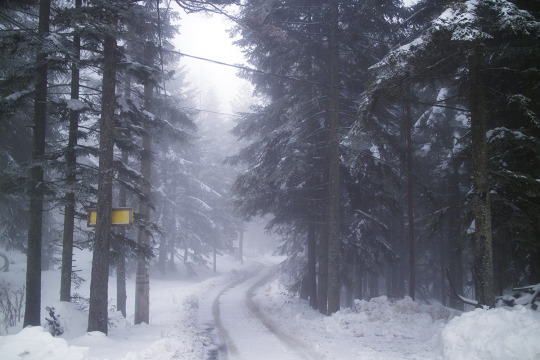
Serenity
Divčibare, Srbija
@ Dragana Dimitrijević
#original photography#landscape#winter landscape#snow#serene#pine forest#snow road scenery#nature#divcibare#serbia#srbija#maljen mountain
279 notes
·
View notes
Text
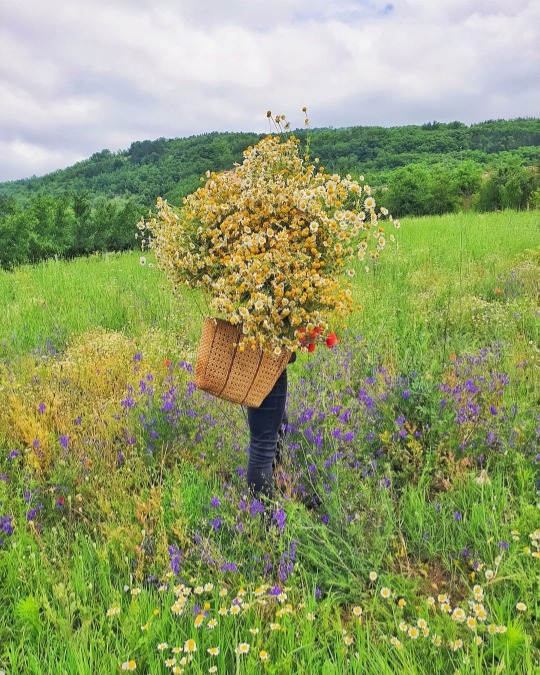
◾Meadow plants from Сува Планина(lat. Suva Planina/eng. Dry mountain), Eastern Serbia 🇷🇸
#Meadow plants#Serbian#Serbia#Visit Serbia#Nature in Serbia#serbian nature#Suva Planina#Serbian aesthetics
152 notes
·
View notes
Text
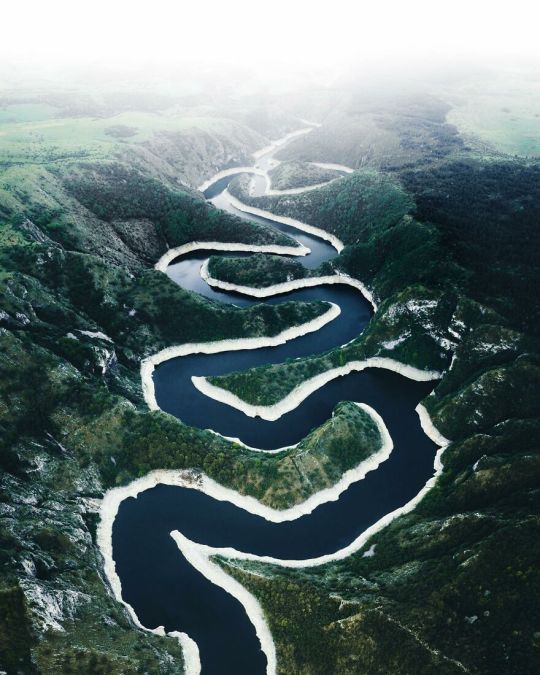
Uvac River, Serbia
Photographer: Witold Ziomek
26 notes
·
View notes
Text
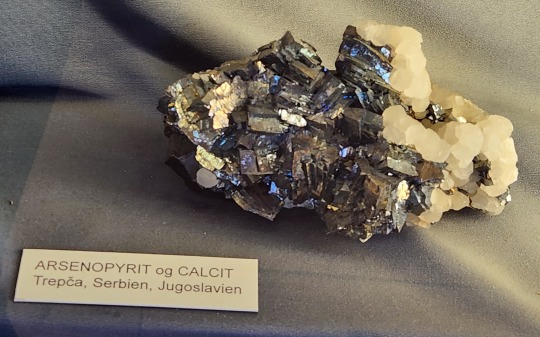
Arsenopyrite and calcite
Natural History Museum of Denmark, Mineral Hall
#arsenopyrite#calcite#geology#minerals#mineralology#mineral hall#yugoslavia#serbia#museum#museums#danish museums#denmark#copenhagen#natural history#natural history museum#natural history museum of denmark#danish natural history museum
79 notes
·
View notes
Photo


#original photography#photographers on tumblr#povlen#serbia#srbija#hiking#nature#nature photography#autumn#autumn colors#fall#fall colors#colorful
275 notes
·
View notes
Text

In Serbia, firefighters find a painting of Theotokos “Mother Of God” nearly unharmed in a house fire.
#interesting#interesting facts#nature is everything#nature is weird#nature#discover#thats interesting#thats incredible#thats insane#serbia#firefighter#firefighters#god#mother of god#virgin mary#jesus#jesussaves#painting#paint#art#memorabilia#artifacts#woah :0#but woah#woah woah woah#woah dude#like woah#woah#woahhhh#woahg
37 notes
·
View notes
Text
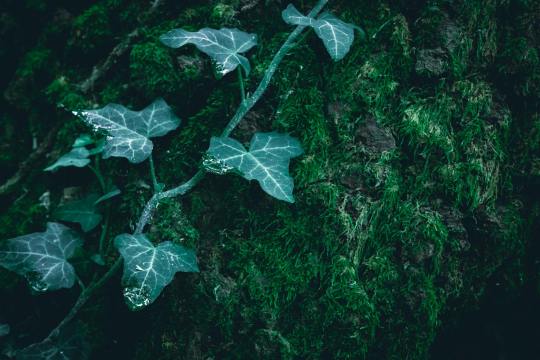
Tree Stars, Wyxina Tresse
#serbia#greenery#moss#leaves#ivy#nature photography#foliage#pexels#wyxina tresse#botanists do not dispute my categorization. these are tree stars!!!
16 notes
·
View notes